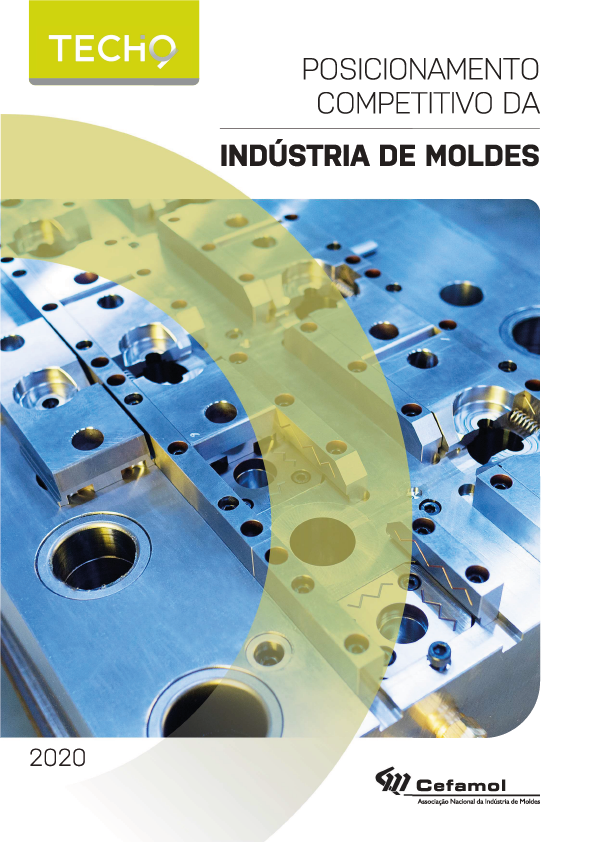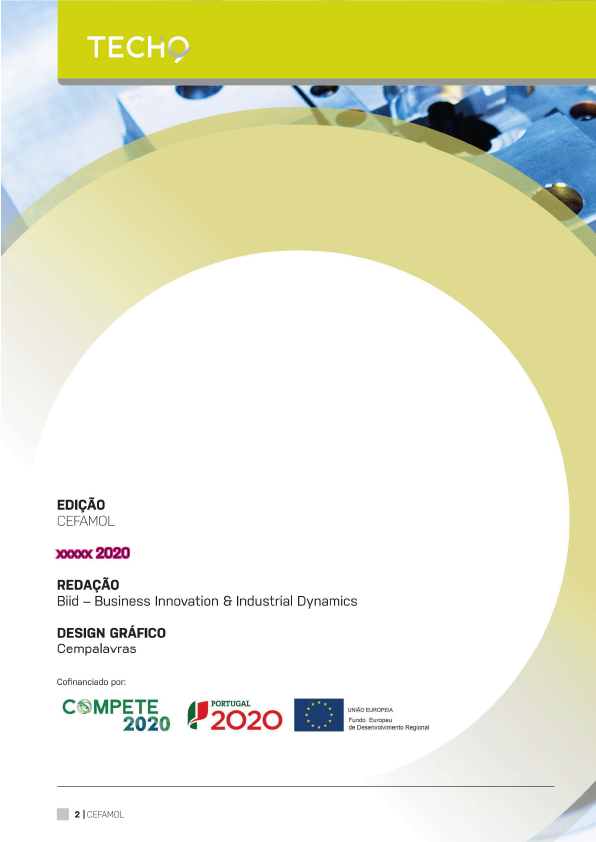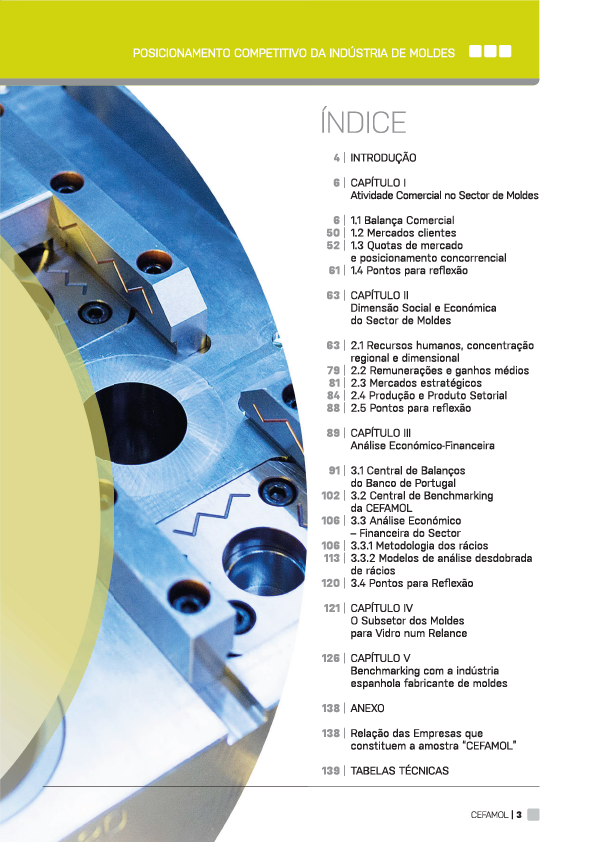Competitive Positioning of the Mold Industry
VITIS, at the request of CEFAMOL – National Association of the Mold Industry, produced a study on the “Competitive Positioning of the Mold Industry” – 2020 edition, which can be purchased from this Association
July 2021
This work aimed to present a model for analyzing the performance of the Mold Industry over the last few years, in its main aspects and characteristics, namely, from an organizational perspective, its social and human resources dimension, as well as the sector economic evolution, allowing the identification of constraints to overcome and emphasizing good practices that reinforce the sustainability and capacity of companies to continue investing in knowledge, new technologies and the integration of new skills.
The data collections were carried out from November 2020 to January 2021, based primarily on the SABI and Banco de Portugal databases for financial and social characterization information, the Statistical Year Book – 2019 published by ISTMA (International Special Tooling & Machining Association), with regard to macro and market information, as well as trade statistics published by INE /AICEP.
From the conjugation of all this information, calculations and own concepts were developed with the aim of obtaining information as close as possible to the reality of the Portuguese Mold Industry, also trying to provide analysis tools that facilitate benchmarking exercises.
With this edition, it was possible to reinforce the “CEFAMOL” sample compared to previous editions, changing the sample from 65 companies, from the period to 2012, to 117 companies, always the same, for the period now under analysis and covering the years 2013 to 2019 .
Characterizing the various samples that were worked on throughout the study, we can mention:
1) The so-called Sample/Universe of Banco de Portugal (BP) includes all the companies in CAE 25734 – Manufacture of metallic molds that delivered the IES (Simplified Business Information) and which, in 2019, aggregated 710 companies with 11.376 workers.
This sample was essentially worked on in point 3.1 of Chapter III;
2) Sample/Universe of the Sector which was worked on the basis of the same companies that appear in the BP database characterized above, but which was adjusted, adding some (few) companies that, to our knowledge, belong to the sector, but which are presented with CAE’s different from the 25734.
From this set, all those that did not present, in the various years studied, operational activity or because they were in liquidation processes, or because they did not have employees or because they had residual operational income, were removed.
Thus, a set of 606 companies was established in 2019 with 11.184 workers who served as the basis for the study presented in Chapter II;
3) The so-called “CEFAMOL” sample that intends to be the mirror of plastic mold manufacturing companies. Thus, from the universe of companies characterized in point 2) above, all companies that were not purely plastic mold manufacturing companies were removed, such as companies that have significant engineering, marketing, subcontracting of manufacturing phases, production of molds for footwear, glass or sectors other than plastic, stamping and cutting, and plastic processing.
Of the remaining companies, a sample of 117 companies was made, of varying sizes and geographical locations, which were studied essentially in points 3.2 and 3.3 and whose identification is presented in the annex to the study;
4) Sample of the glass mold sector – as this sub-sector is very small, the 4 companies in the sample are practically the universe.
The study of this subsector is presented in chapter IV;
5) Sample of Spanish mold manufacturing companies – the Spanish market being one of the most important, we intend to carry out a benchmarking work with a sample of Spanish companies, as close as possible to the “CEFAMOL” sample.
The diversity of activities that characterize many of the Spanish companies and the inexistence of a disaggregated economic activity code (specific to metallic molds) as the one existing in Portugal, makes it difficult to obtain a comparable sample. Based on information from various agents present in the Spanish market, we identified a sample of 21 companies studied and identified in chapter V.
From the information collected, there is a direct correlation between the Sector’s performance and that of its client markets.
In fact, the degradation verified in 2018 and 2019 in the national mold sector, corresponds in the three main markets (Spain, Germany and France), to a stagnation of the market value in 2018, with a marginal growth of 1.3%, and a fall in 2019 of 14.2%.
The national customer segment sector of the plastics industry (NC 39) also shows a drop in sales to foreign markets in 2019 of around 2.26%.
The full study can be obtained from CEFAMOL.



This communication is of a general nature and is merely informative, not intended for any particular entity or situation, and does not replace professional advice appropriate to the specific case. Vitis will not be responsible for any damage or loss arising from decisions made based on the generic and synthetic information described here.
The text was prepared based on the best information available at the time of its edition.
